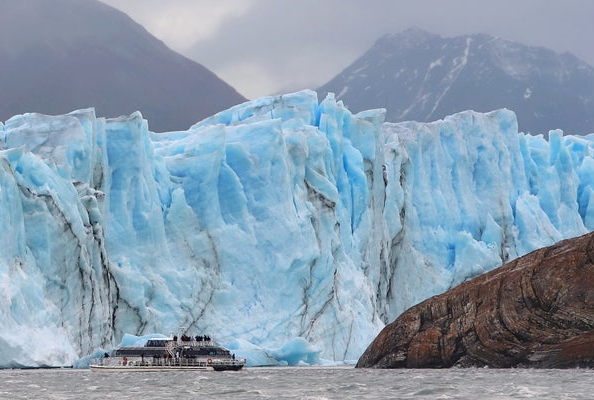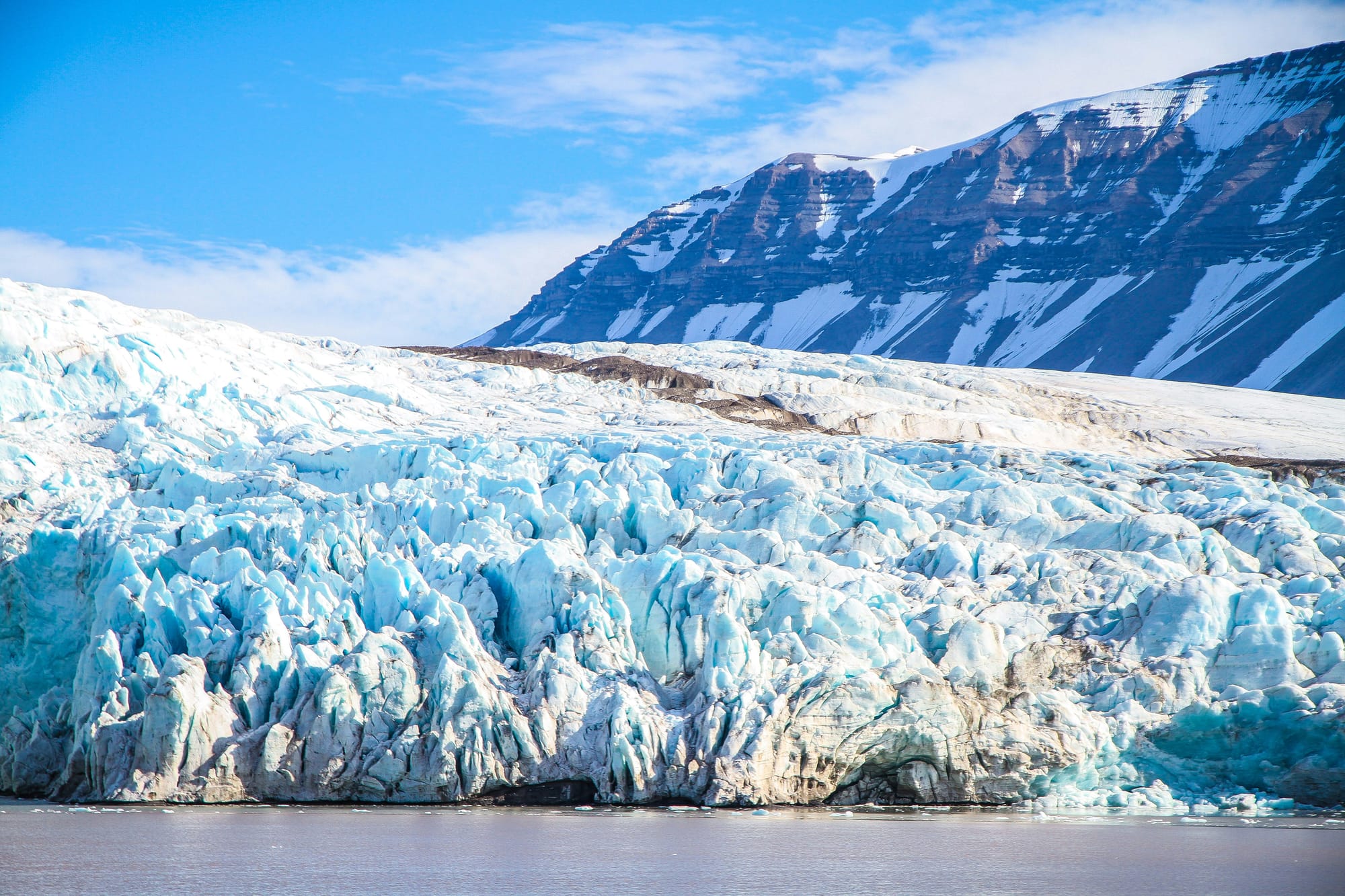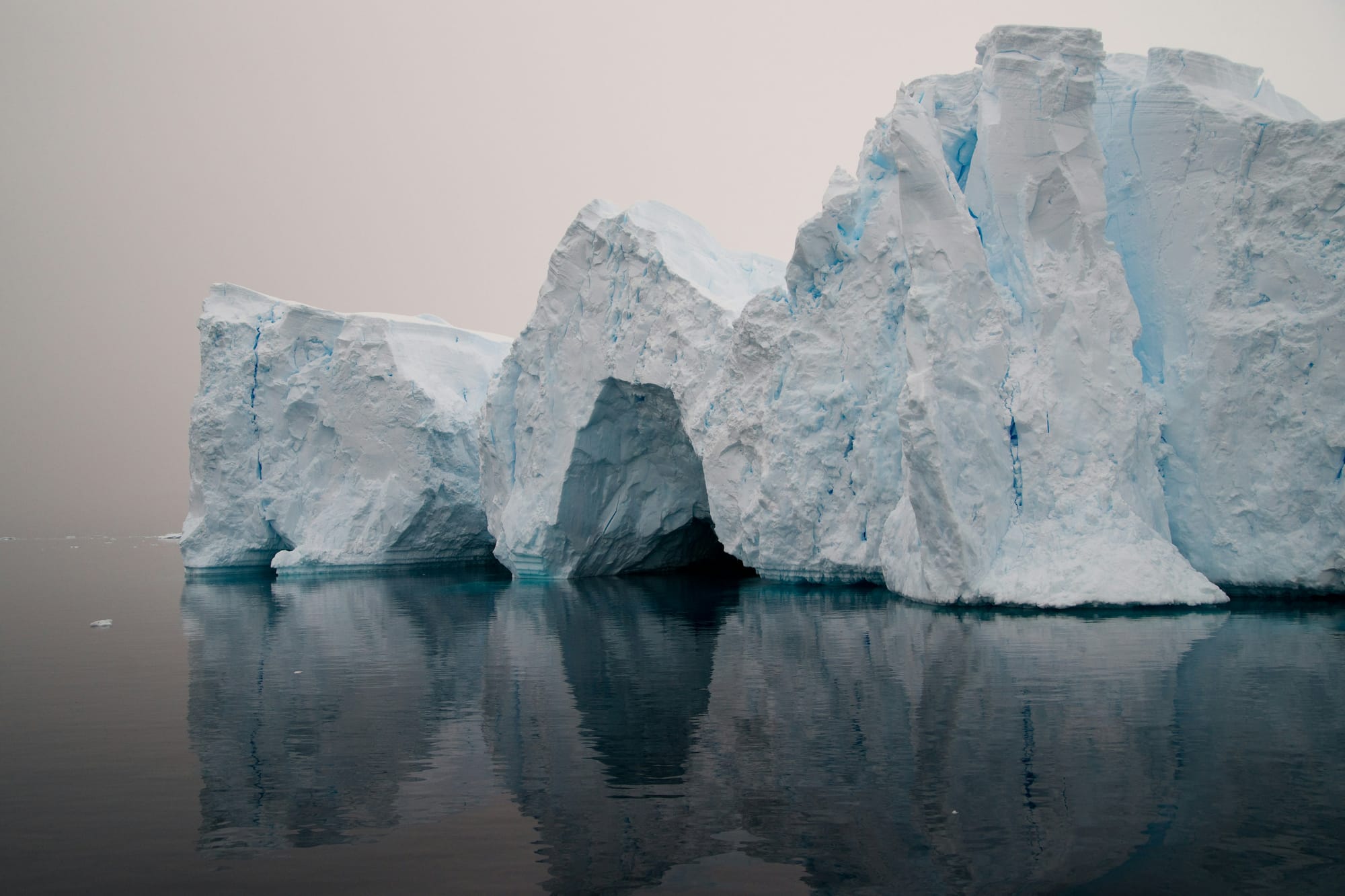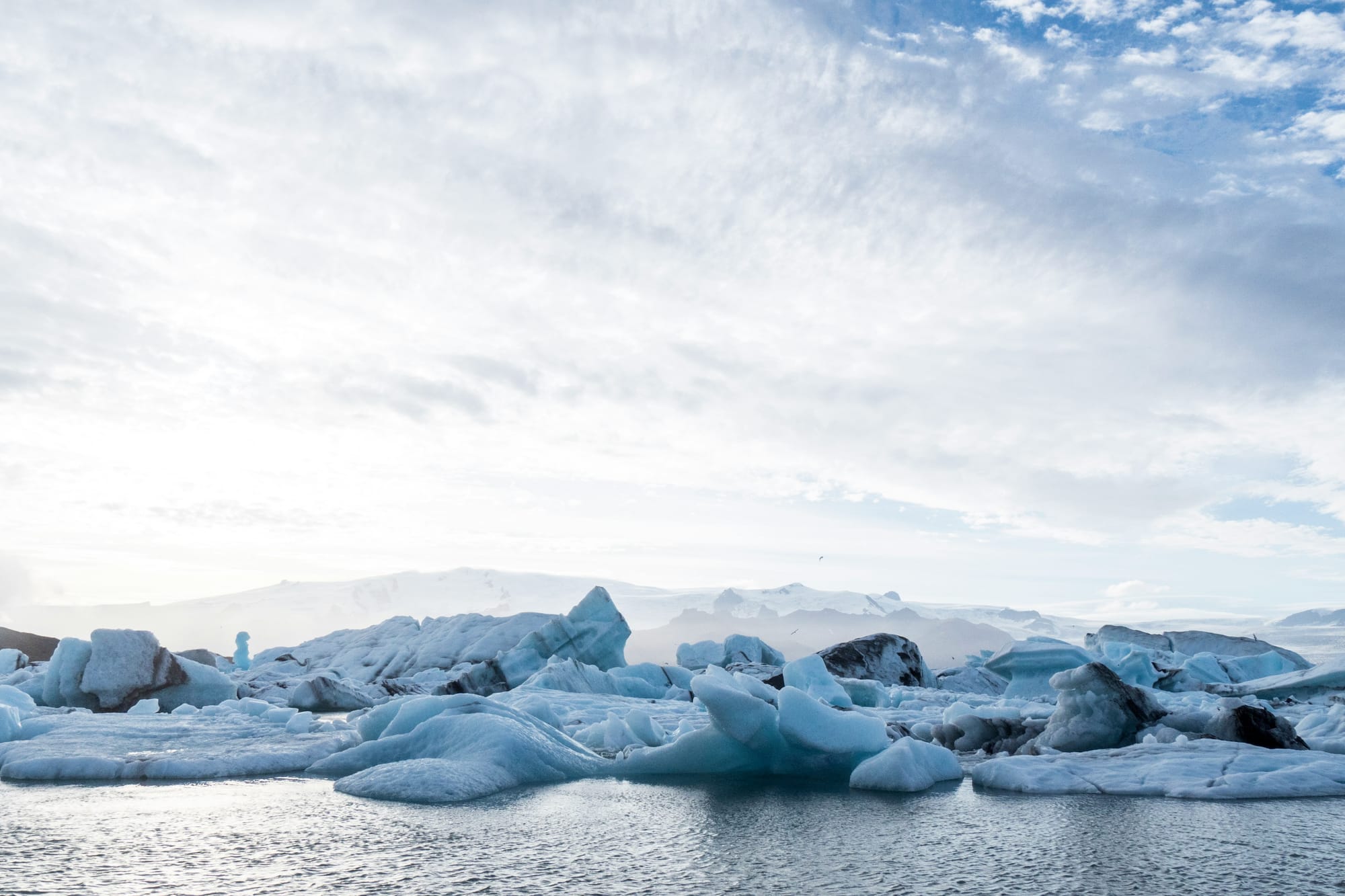Are You Smarter Than a 7th Grader?
by John Weidner, MSDC Treasurer

I helped in the Kids Room at the Northern Virginia Gem and Mineral Show last month. Here’s one of our quizzes, a quiz aimed at seventh grade students. Try it!
Glacier Quiz!
Circle the correct answer.
1. Where are most glaciers found today? (Counting each separate glacier as one.)
(a) Greenland
(b) Toledo
(c) On mountains
(d) Antarctica
2. Where is greatest volume of glacial ice found? (Adding up the volume of each glacier.)
(a) Greenland
(b) In the icemaker in my refrigerator
(c) On mountains
(d) Antarctica
3. At various times, great continental glaciers have covered the north half of North America. When did the last such continental glacier finally melt?
(a) About 10 thousand years ago
(b) About 10 million years ago
(c) About 10 billion years ago
(d) Last February
4. Glacial periods are thought to be caused by - or at least influenced – by:
(a) The El Niño – La Niña cycle
(b) Milankovitch cycles
(c) The Coriolis Effect
(d) The bi-cycle
5. In a cave in a glacier, the light looks:
(a) Polka-dotted
(b) Yellow
(c) Blue
(d) Black (There’s no light in a cave)
6. Glaciers caused:
(a) Massive floods in Washington state and Oregon
(b) Canadians to invent hockey
(c) The great dinosaur extinction
(d) The evolution of mammals
7. The difference between a glacier and a snow patch is
(a) Snow patches are all snow; glaciers are all ice
(b) Glaciers are found in colder places than snow patches
(c) Glaciers are blue, but snow patches are yellow
(d) Glaciers move, while snow patches stay in one place
8. The relationship between a glacier and an iceberg is like the relationship between:
(a) Cousins
(b) A mother and a child
(c) A boss and an employee
(d) A carrot and a soccer ball
9. The mound of dirt and gravel the glacier pushes in front of it is called:
(a) A glacial mountain
(b) Glacial Raffle
(c) George
(d) A terminal moraine
10. How much of the earth has ever been covered by glaciers?
(a) Sometimes the entire earth was covered by glaciers, even at the equator.
(b) Except on mountain tops, glaciers have never been further south than we are.
(c) Glaciers have always been found only on mountain tops and near the poles.
(d) Glaciers don’t really exist. It’s just someone spilling a big bag of ice.
11. Today, most glaciers are:
(a) Growing bigger
(b) Staying about the same
(c) Getting smaller
(d) Going to Florida for the winter
12. We know there used to be glaciers where New York City is now, because:
(a) There are scratches on the rocks in Central Park
(b) Old Newspaper pictures show them.
(c) Taylor Swift says so
(d) Native American stories and songs talk about them.

Answers
1. Where are most glaciers found today? (Counting each separate glacier as one.)
On mountains
2. Where is greatest volume of glacial ice found? (Adding up the volume of each.)
Antarctica. By far, the greatest volume of ice is on antarctica, but it is massed together into just a few glaciers. So - greatest volume: antarctica; greatest number: on the many mountains which still have glaciers.
3. When did the last such continental glacier finally melt.
About 10 thousand years ago. One thing we have lots of in geology is time. But how much time? The earth is about 4.5 billion years old. Ten billion is older than the age of the earth.
Ten million years ago is way after the dinosaurs. The earth looked much like today, but with saber-tooth cats and giant ground sloths. However, the most recent glacial period, the Quaternary Glaciation, hadn’t even begun then. It began about 2½ million years ago. Incidentally, hominins go back about 6.5 million years.
4. Glacial periods are thought to be caused by - or at least influenced - by
Milankovitch cycles. The earth revolves around the sun in an almost-circular ellipse, with our axis tilted at about 23 degrees. There are, however, slight variations in that revolution. The ellipse can be slightly more circular or slightly rounder. The angle of the earth’s axis changes slightly. The direction the axis points changes slightly. All these changes occur cyclically, in what are called Milankovitch cycles, named for Serbian geophysicist and astronomer, Milutin Milankovitch.
These differences contribute to changes in the amount of warmth received by the globe, and in particular, parts of the globe. These differences are a major cause of the onset and end of periods of glaciation.
5. In a cave in a glacier, the light looks
Blue. An eerily beautiful shade of blue.
6. Glaciers caused
Massive floods in Washington state and Oregon. The scab lands in Washington and Oregon are the result of repeated massive floods caused by the breaking of ice dams that held back the waters of glacial Lake Missoula.
7. The difference between a glacier and a snow patch is
Glaciers move, while snow patches stay in one place. The definition of glacier includes that it moves.
8. The relationship between a glacier and an iceberg is like
The relationship between a mother and a child. Icebergs calve off a glacier. Very dramatic!
9. The mound of dirt and gravel the glacier pushes in front of it is called
A terminal moraine
10. How much of the earth has ever been covered by glaciers?
Sometimes the entire earth was covered by glaciers, even at the equator. There may be as many as half a dozen snowball events: times when the earth was frozen solid. Geologists have found glacial drop stones in area that were on the equator at those times.
11. Today, most glaciers are
Getting smaller. “Climate Change” is a more accurate name than “Global Warming”, which seems to imply a gentle, gradual, warming. Yes, the world is warming, and at a rate greater than ever before. But the warming is not uniform. And the greater amount of energy in the atmosphere causes more extreme weather. Nothing gentle in the change.
Due to the overall warming, most glaciers are shrinking and melting back. There are actually a few glaciers that are receiving more snow than before, thus are growing. But not many.
12. We know there used to be glaciers where New York City is now because
There are scratches on the rocks in Central Park. Scratches which not only show that there were glaciers scraping the New Your City’s Central Park, but which also show the direction the glaciers were moving. I don’t know what Taylor Swift knows about glaciers in New York City. If you find out, please let me know.

So How Did You Do?
A sample of seventh graders averaged six correct answers.
Ok. A sample of one. I asked my seventh-grade grandson to take the quiz. He got six right. Please feel free to ask other seventh-graders to try the quiz.
I always felt I learned from quiz questions I didn’t know the answer to. I hope the kids at the mineral show enjoyed the quiz. I hope you enjoyed the quiz.

